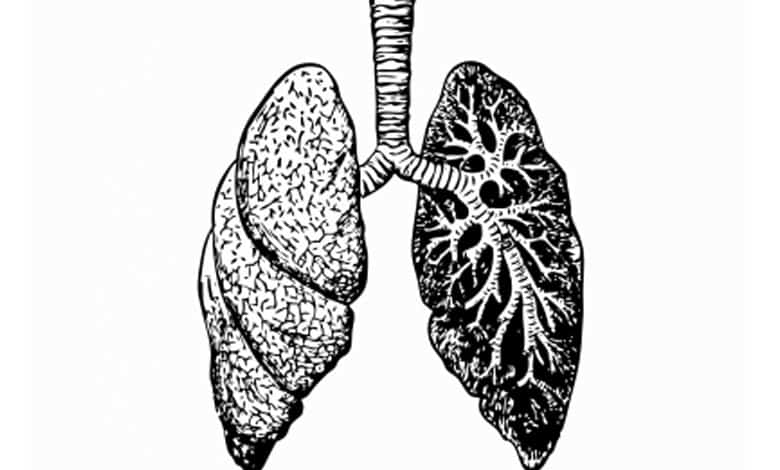Study Reveals Ozone Therapy as Promising Treatment for Sepsis-Induced Lung Injury
Sepsis, a life-threatening condition caused by severe infection, often leads to acute lung injury (ALI) and acute respiratory distress syndrome (ARDS), significantly affecting patients' survival chances. However, a recent study from Nanjing Medical University in China highlights medical ozone therapy as a potential breakthrough treatment for sepsis-induced ALI, offering new hope for patients with limited treatment options.

New Delhi: Sepsis, a life-threatening condition caused by severe infection, often leads to acute lung injury (ALI) and acute respiratory distress syndrome (ARDS), significantly affecting patients’ survival chances. However, a recent study from Nanjing Medical University in China highlights medical ozone therapy as a potential breakthrough treatment for sepsis-induced ALI, offering new hope for patients with limited treatment options.
Table of Contents
Ozone Therapy Shows Potential to Improve Survival Rates and Lung Function
In the study published in the Journal of Biomedical Research, researchers revealed that ozone therapy could significantly enhance survival rates and lung function in preclinical models. This treatment works by clearing neutrophil extracellular traps (NETs), which are implicated in the progression of sepsis. While NETs trap pathogens, they can also trigger excessive inflammation, worsening lung injury in sepsis-induced ALI.
According to the principal investigator of the study, Dr. Wen-Tao Liu, “Our research demonstrates that medical ozone therapy could dramatically improve the management of sepsis-induced ALI. This represents a promising new approach to critical care that could lead to better outcomes for patients suffering from sepsis.”

Understanding Sepsis-Induced ALI and the Need for New Therapies
Sepsis-induced ALI is a complex condition driven by inflammation, immune dysregulation, and coagulation. The severity of the disease requires innovative treatment strategies to manage it effectively. The current treatment options for sepsis-induced lung injury are limited, making the potential of ozone therapy an exciting development in critical care.
Medical ozone therapy, by targeting and clearing NETs, significantly improves survival rates and lung function in mice suffering from sepsis-induced ALI. The research indicates that ozone therapy could play a key role in better managing sepsis-induced lung injury.
The Future of Ozone Therapy for Sepsis-Induced Lung Injury
The promising results of this study suggest that medical ozone therapy could become an effective treatment for sepsis-induced lung injury in humans. However, further clinical trials are needed to confirm the findings and assess the safety and efficacy of ozone therapy in human patients.

If subsequent research validates these findings, ozone therapy could become a cornerstone in the treatment of sepsis, improving patient survival rates and lung function in those suffering from this critical condition.
Also Read: Could H5N1 Trigger the Next Global Pandemic? Epidemiologists Fear the Worst
Conclusion
With few treatment options currently available for sepsis-induced lung injury, the findings from Nanjing Medical University offer a glimmer of hope for patients facing poor prognoses. As ozone therapy continues to be studied, it has the potential to transform the management of sepsis, offering a promising new avenue for treatment in critical care.
